
Children with low skeletal muscle density were more likely to have hematologic toxicities from chemotherapy, but more research is needed to determine whether this measure is an accurate predictor of chemotoxicities in lymphoma.

Darlene Dobkowski, Managing Editor for CURE® magazine, has been with the team since October 2020 and has covered health care in other specialties before joining MJH Life Sciences. She graduated from Emerson College with a Master’s degree in print and multimedia journalism. In her free time, she enjoys buying stuff she doesn’t need from flea markets, taking her dog everywhere and scoffing at decaf.

Children with low skeletal muscle density were more likely to have hematologic toxicities from chemotherapy, but more research is needed to determine whether this measure is an accurate predictor of chemotoxicities in lymphoma.
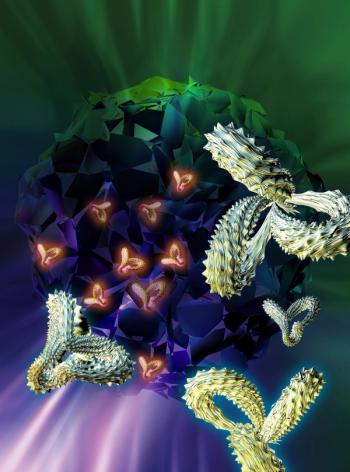
The use of immunotherapy in patients with advanced cancers and decreased fitness levels or organ function increased from 2014 to 2019, although trials for this treatment typically exclude this population.

When storytelling becomes a part of one’s identity, it can benefit a wide group of people — such as the MPN community — to share a potentially lifesaving message, according to LeVar Burton.

As treatments for NSCLC improve survival, this benefit may be affected by depression and anxiety, which is common in patients with the disease and may require patients to advocate for cognitive behavioral therapy among other approaches.

The vaccine, which protects patients from seven different strains related to HPV-related cancers, may be considered part of routine oncology care for survivors.
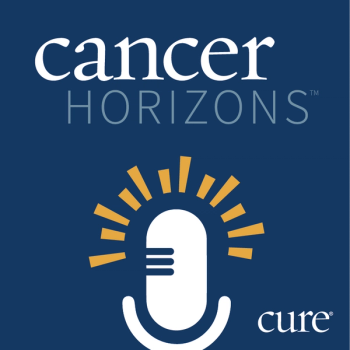
On this episode of the “Cancer Horizons” podcast, LeVar Burton sits down with CURE® to talk about the importance of MPN awareness and the power of storytelling in advocacy.

Calquence, a next-generation BTK inhibitor, significantly prolonged survival compared with standard of care, along with no new side effects at three years in chronic lymphocytic leukemia. These findings also pertained to some patients with high-risk genetic features.
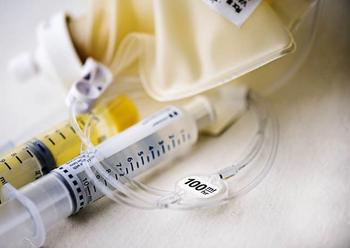
The immunotherapy Kymriah offered similar benefits in patients younger than and older than 18 years with relapsed/refractory B-cell acute lymphoblastic leukemia.

Although patients treated with Lynparza after chemotherapy may experience side effects such as fatigue and nausea/vomiting, these symptoms resolved after treatment was completed in patients with high-risk early breast cancer.

Frail patients older than 70 years who underwent geriatric assessment and received pertinent advice related to those results were more likely to have high-quality conversations with their oncologists about age-related concerns like physical activity and cognition.

CURE’s Metastatic Breast Cancer Heroes™ Award Program expresses gratitude to the heroes who impact the lives of patients with metastatic breast cancer.
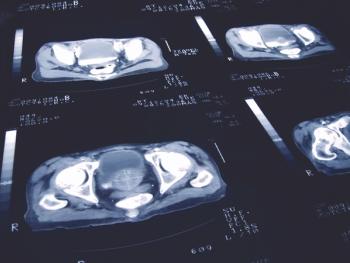
The pharmaceutical company announced preliminary results on a phase 3 trial, which demonstrated that Nubeqa with docetaxel and androgen deprivation therapy may improve overall survival in men with metastatic hormone-sensitive prostate cancer.
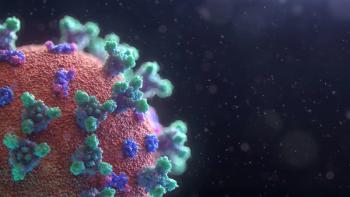
Patients aged 60 years and older with B-cell malignancies and those who were current or former smokers may have an increased risk for death after a COVID-19 infection, also outcomes may be better for those diagnosed after June 2020.

This marks the only available treatment option approved by the FDA for adults with locally advanced unresectable or metastatic malignant perivascular epithelioid cell tumor.

The combination of Opdivo and Yervoy may provide a survival benefit for asymptomatic patients with melanoma who have brain metastases, although more efforts are needed to include this patient population in trials.

Although the interest of at-home care including the administration of cancer infusions has grown since the start of the COVID-19 pandemic, hesitation looms over its convenience, cost and safety.

Although the risk for myocarditis related to immune checkpoint inhibitors is an estimated 1%, findings from a recent study highlight the need for improved ways to screen and treat for this potential side effect.

Hypofractionated radiation for nearly five weeks in men with prostate cancer after surgery may have similar results without added side effects compared with radiation therapy for a standard duration of seven weeks.

Navigating discussions around treatments for early-stage breast cancer may be difficult, but feeling comfortable with one’s cancer team and knowing about all the available options may help.

Exercising during and after cancer treatment remains important for patients and building up endurance over time can help make goals less daunting, an expert said.

External-beam radiation, a noninvasive option for bridging therapy, may be underused compared with other liver-directed therapies and may highlight a treatment gap in this area.

An expert discusses how the kidney cancer treatment landscape has changed over the last few years, although the number of options available for patients may make it somewhat confusing to navigate.

Patients with breast cancer are turning to medical marijuana to manage symptoms of their disease and treatment, although conversation with health care teams are not occurring as often.

The risk for suicide increased after a cancer diagnosis and may last at least 10 years after, emphasizing how patients should seek mental health care as part of their journey.

When patients with cancer are faced with receiving a prior authorization from their insurance provider for oral anticancer drugs, it is important that they advocate for themselves, according to an expert.

CURE®’s Lung Cancer Heroes® Award Program celebrates and thanks the heroes who make a difference in the lives of patients with lung cancer.

The rate of treatment discontinuation with Soltamox increased from 15.8% at one year after breast cancer diagnosis to 48.3% at five years, although more research is needed into why this is occurring.

Treatment with the immunotherapy Opdivo for relapsed, malignant mesothelioma may represent a useful choice for patients with minimal therapy options.

Treating multiple myeloma to minimize the amount of residual disease in the body is an ultimate goal, which can be achieved through initial therapy and maintenance therapy.

Combine a mother’s breast cancer diagnosis with her daughter’s comedy background — what do you get? A podcast that laughs in cancer’s face.